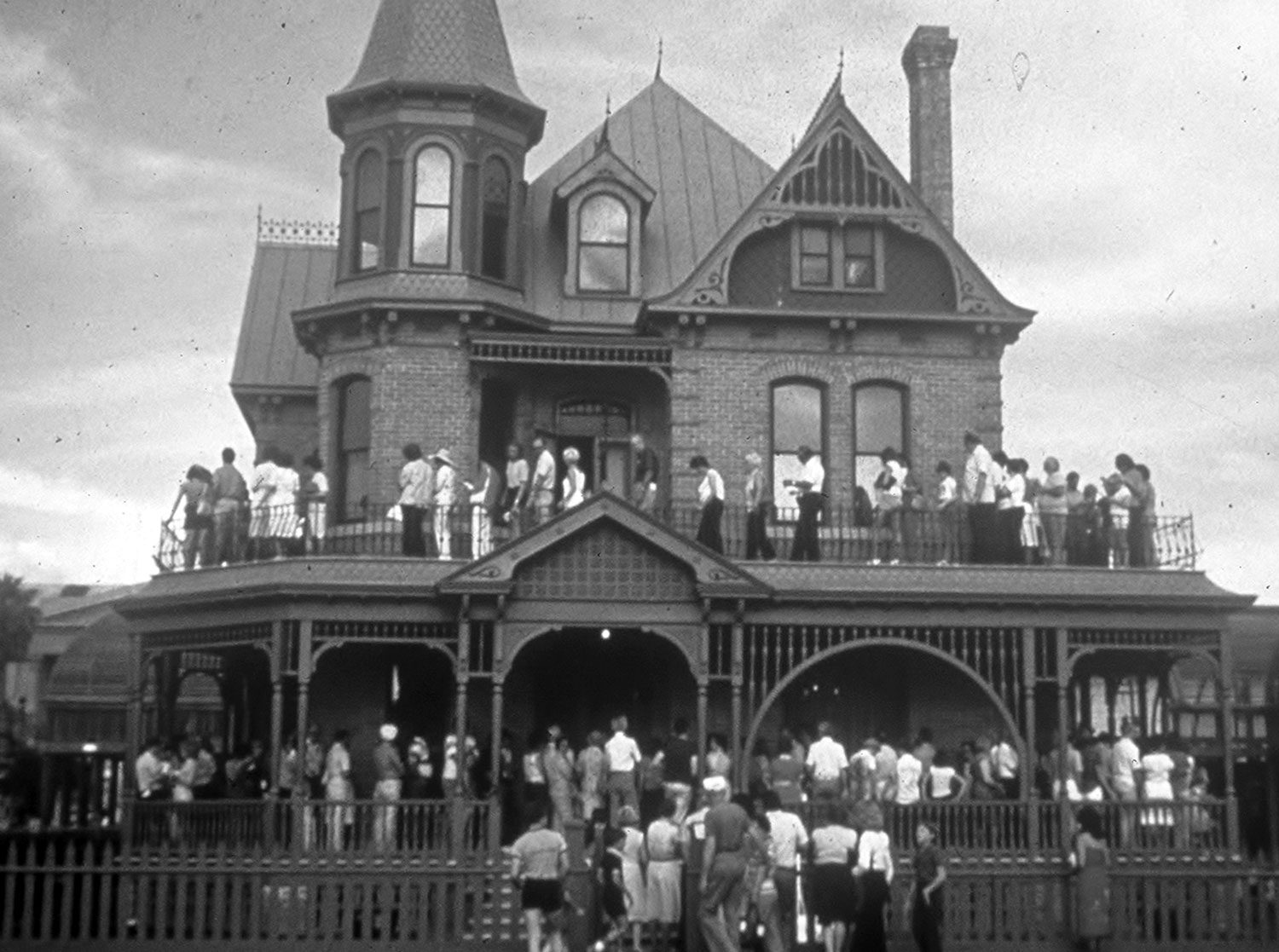
Rosson House on opening day, May 1980. (Photo: Heritage Square)
Some people — and buildings — gravitate to politics. One such place in Downtown Phoenix is the Rosson House.
The stately Eastlake-Queen Anne-style Victorian mansion was built in 1895 for Dr. Roland Lee Rosson, the 13th mayor of Phoenix. Designed by noted architect A.P. Petit, the home’s architecture included an Asian moon gate, Italianate hooded windows, and a French octagonal tower.
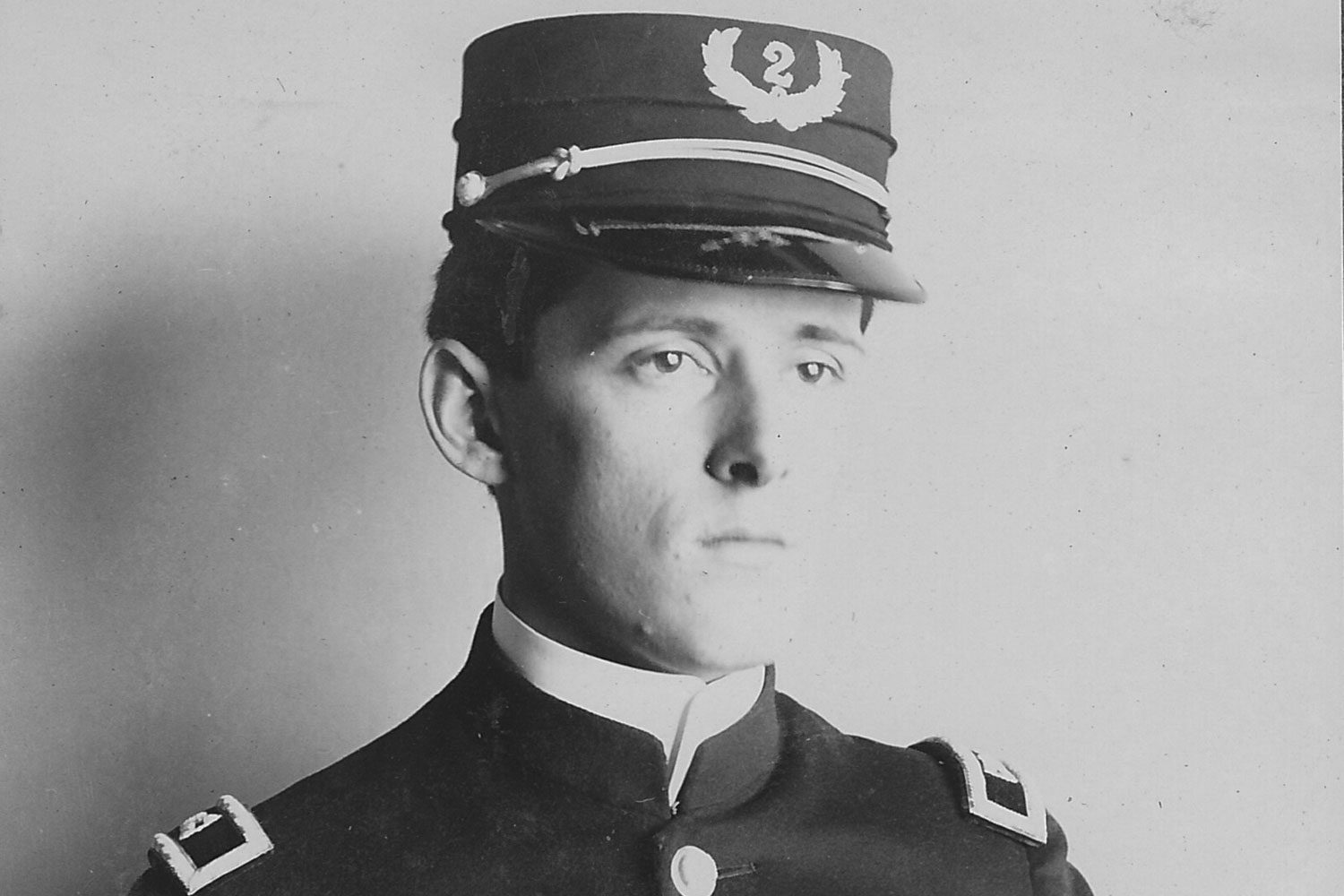
Dr. Roland Rosson, who later became the 13th mayor of Phoenix, pictured in the 1880s. (Photo: Heritage Square)
Soon after the house was completed, it was rented by Whitelaw Reid, the unsuccessful Republican vice-presidential running mate of President Benjamin Harrison in 1892. Reid temporarily moved to Phoenix to alleviate his respiratory problems.
The Rosson House’s next political act occurred in the early 1970s. By then, Downtown Phoenix had become a less desirable neighborhood for upscale residences. As a result, the single-family dwelling was subdivided into multiple rooms to rent by the late 1940s. The home subsequently transitioned from a boarding house to a flophouse for nearby skid row itinerants.

An aerial view of historic Heritage Square, 1980. (Photo: Heritage Square)
Efforts to preserve the Rosson House and the last intact block of the original 1870 Phoenix townsite eventually resulted in what is now known as Heritage Square.
The dilapidated Victorian mansion had an unlikely advocate in the late-Phoenix Mayor John Driggs, who fondly recalled it from attending church nearby as a youth. Although the Rosson House was added to the National Register of Historic Places in 1971, Driggs still needed funding to preserve the building.
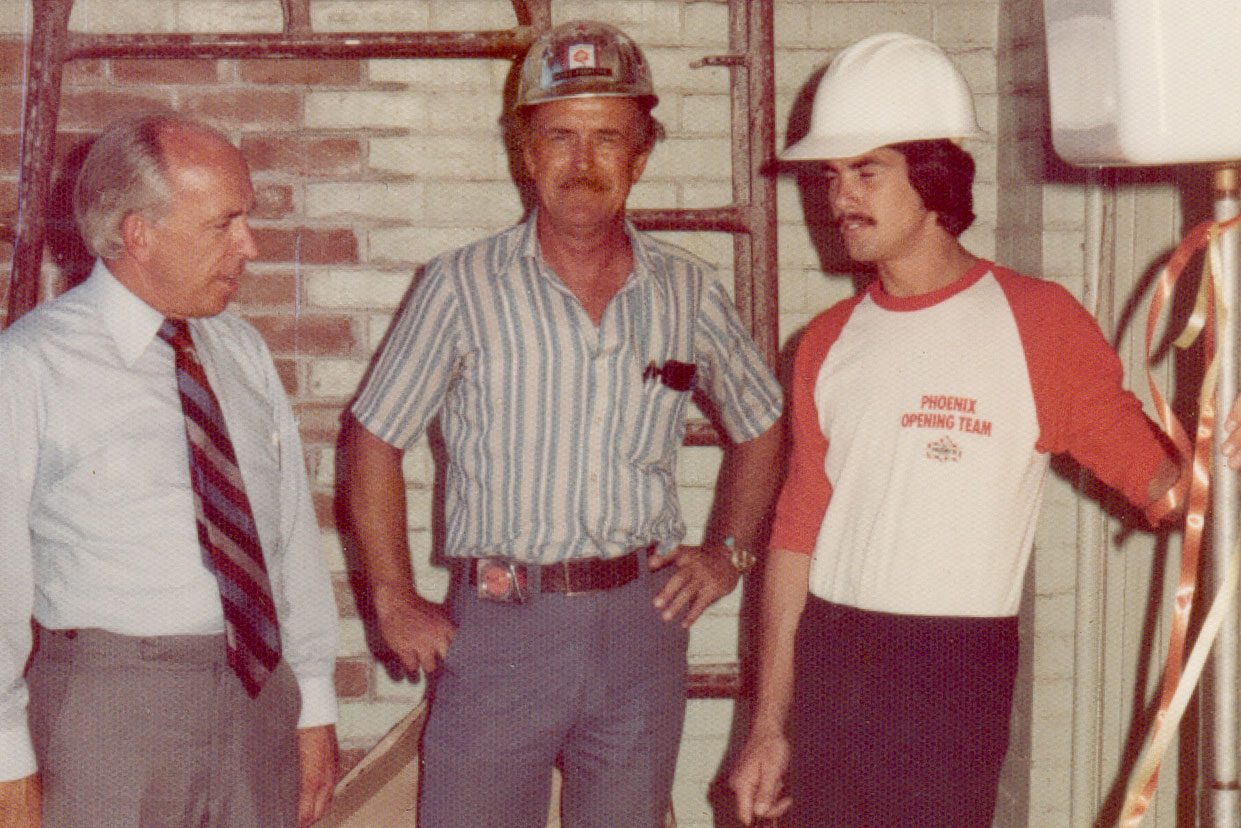
Mayor John Driggs with workers renovating Rosson House, 1978. (Photo: Heritage Square)
One of just a few Republican big-city mayors, Driggs was approached by President Nixon’s White House to aid in their Vietnam peace negotiations with the North Vietnamese delegation in Paris.
“One barrier to progress was considered to be that the U.S. Conference of Mayors had adopted an official anti-war position in 1971,” Driggs said in a 2013 interview.
At the White House’s request, the mayor put forth the Driggs Resolution to rescind the anti-war position at the 1972 mayors’ conference in New Orleans. An unlikely ally rose to support the measure.
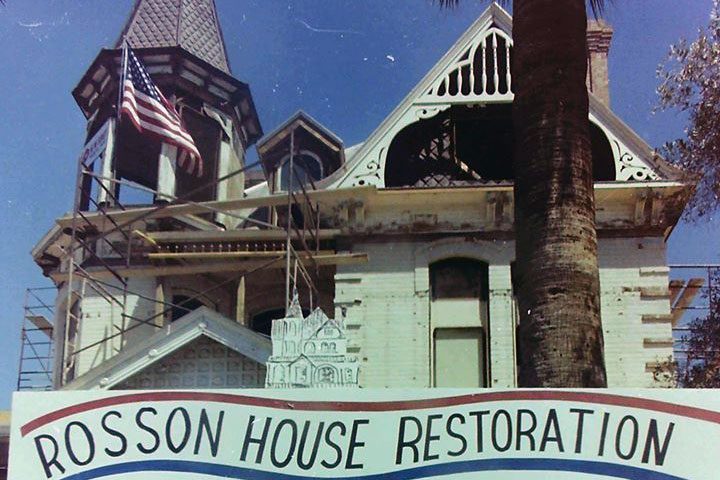
Rosson House restoration sign, 1975. (Photo: Heritage Square)
“In the name of God, stand behind the president,” Mayor Richard Daley of Chicago said. “No one would work harder against a Republican president than me. But maybe I’m old-fashioned or behind the times. The question is whether we are going to stand behind the president in foreign affairs.”
The Driggs Resolution passed. Phoenix acquired the Rosson House using a $200,000 Housing and Urban Development (HUD) grant in 1974.
“Former Mayor Sam Mardian later told me that the Driggs Resolution was the real reason the city got the HUD grant,” Driggs said.
Heritage Square, featuring refurbished buildings including the Rosson House, and the new Lath House pavilion, opened in 1980. The square expanded in 1996 with the addition of the Arizona Science Center and was renamed Heritage and Science Park.
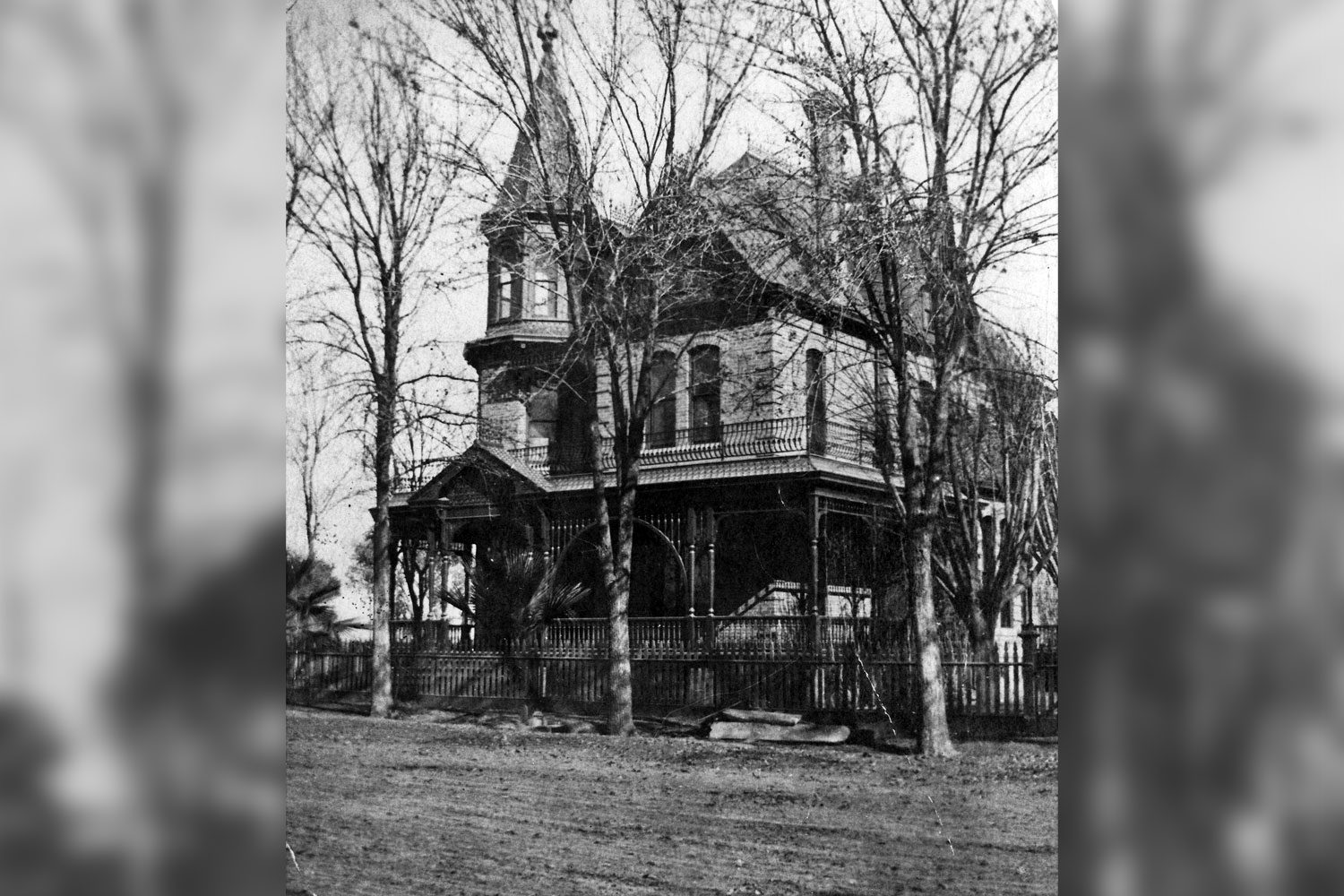
Rosson House in 1897. (Photo: Heritage Square)
But the park has grander goals than just preserving a dozen historic homes.
“Phoenix is the fifth-largest city in the nation, and yet it is the only one of the largest 12 cities that does not have a museum dedicated to its history,” said Kari Carlisle, executive director of Heritage Square. “We have a responsibility to do everything we can to fill that void by embracing and telling the stories of our broader community. We need to be a place where everyone feels welcome and safe and where their voices are heard.”
About the author: Douglas Towne served on the board of directors for the Rosson House Museum for two years and co-authored, with Donna Reiner and John Jacquemart, the book “Historic Heritage Square” in 2013. He fondly recalls the post-meeting get togethers at the now-defunct Rose and Crown Pub in the Silva House, where Michael Swaine encouraged him to order his first Scotch egg.







